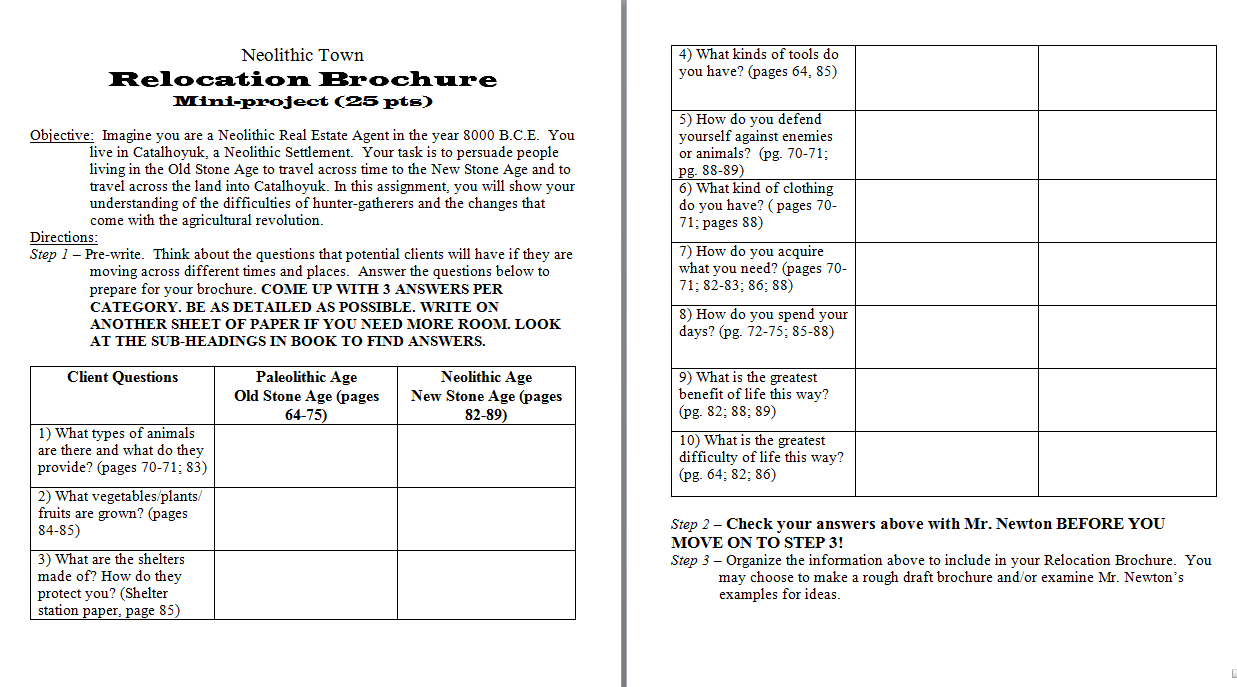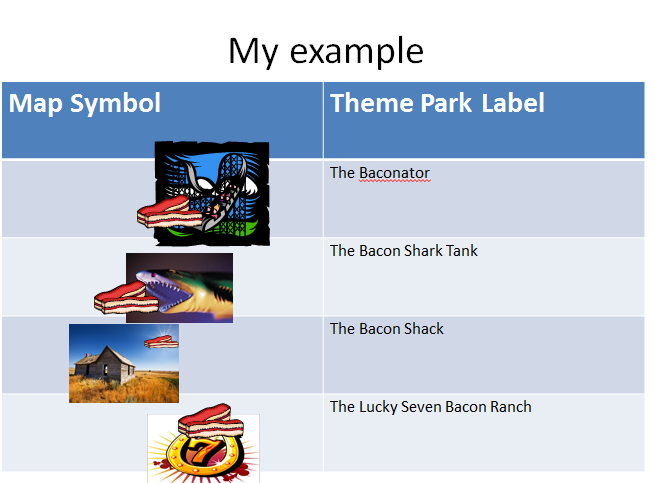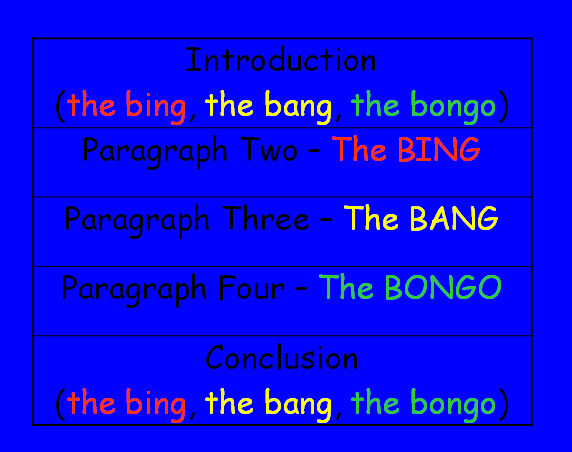1. It requires DOK 3-4 knowledge. Students are not sitting in their sits merely applying knowledge, but are rather out of their seats constructing something authentic. I think project is one of those projects where kids will remember for years after middle school, because it is unique and it required students to be creative.
2. This project builds student investment. I wasn't there to witness it but based off the pictures, it seemed students were deeply invested in the project. That is the beauty of giving kids hands-on projects and letting them use unusual things like charcoal.
3. Chelsea gives very explicit instructions on how to use the materials. The danger of these kind of projects is that your kids will damage your materials, your classroom, or be hurtful to their classmates. Chelsea writes very clear instructions here on how to use the charcoal, for example. Also, make sure you emphasize teamwork and respectfulness when students work together. Give examples and non-examples of what good teamwork looks like, so your students understand what you expect out of them. And if they decide to break those expectations, then don't feel bad when you consequence them immediately. Now, here is Chelsea's description of her project:
"
On Friday, September 27, 2013 the 7th grade
students at D.M. Smith Middle School traveled back in time to the Old Stone
Age. My students learned that families found shelter in caves and created cave
art. During our Old Stone Age Unit we discussed the discovery of Lascaux Cave
in Montignac, France. Students learned that this cave was discovered in 1940 by
four French teenagers and their dog Robot. The cave was filled with 17,000 year
old cave art. Students finished the unit by creating their own cave art. They
also learned that cave artists created the large paintings of wild animals as a
form of religious practice.
That Friday, I turned
my room into a cave because I wanted students to feel the conditions of the
cave and emphasize with cave artists. I darkened the windows by covering the
glass with dark butcher paper and turned down the air conditioning to make the
room very cold. Students worked in groups of three and each member had a role
in creating the art: the leader, the artists, and the detailer. Students used
charcoal, chalk, an original Lascaux paining, brown butcher paper, and much
creativity to create the cave art. The students did a fantastic job and were
engaged with the project. Project-based learning in essential in the classroom,
I hope my students never forget this project, I know I will not. In every
endeavor I am proud of my students, but on Friday my students blew me away.
Kentarius Ramsey and
Larry Tyler were partners in my 1st period class, and together they
created a painting of large horses. Kentarius said that “I enjoyed the hands on
activity and creating cave art was fun.” When asked why cave art was created by
Old Stone Age people he recited that “It is a form of prayer asking the higher
powers for a successful hunt.” I loved
watching my students create the art and challenged them to reflect on what the
cave artists might have been thinking and feeling. In closing, Friday was a
fantastic day at D.M. Smith, and the 7th grade World History
students expressed their skills in team work and creativity.
|
Things that went well
|
Things to improve on
|
|
1. I
really played up the project; I was excited about it so they were excited
about it.
2. GIVE
EXPLICIT INSTRUCTIONS, explain everything that they should not do! Examples:
write on the wall or draw on another student
3. Every
group member having a specific role in the creation of the cave art.
4. I
turned on a virtual tour of Lascaux Cave while they were creating the art,
and that added to the atmosphere of the classroom.
5. Finally,
constantly asking students “Be reflective, what do you think the cave artists
were feeling? What do you think they were feeling deep inside the cave?”
|
6. This
was a very messy project so cover your floor with butcher paper or complete
the project outside.
7. Provide
aprons or old t shirts for your students to wear because they will get the
charcoal and the chalk on their clothes.
8. Have
wet bath cloths and wipes available at all times.
9. Make
sure the students are incredibly calm before you begin and explain the
directions at least three times. BE VERY SPECIFC AND ORGANIZED.
|
Here are some rules,
directions, and expectations I included
Today we will use charcoal and chalk
These two materials can be very messy
The following behaviors are prohibited during this activity.
1. Your hands will get dirty,
do not touch another student!
2. Throwing charcoal and chalk
at another student.
3. Drawing on another student
or Miss Lewis’ classroom materials.
In your group please chose a role.
•
1. Leader-This person is in charge of the
charcoal! They will outline the animals with the black charcoal. They are also
in charge of making sure each person has written their name and signed their
cave art paper. First, write the names on the back. Once the animals are
outlined you will have direct the other team members!
•
2. Artist-This person is in charge of the
chalk. They will use the colors to paint the animals. Pay close attention to
the colors on your paper. Try to match the Lascaux painting exactly.
•
Detailer-This person will also use the
chalk to make sure the painting is detailed. Your painting should exactly match
the photo of the Lascaux painting. Last, take your finger and slightly smudge
the chalk and charcoal, it will give it a worn look.
Directions
- Chose
a role
- Distribute
materials to the leaders. Include details
- Tape
up the paper, Lascaux cave painting, and write your names on the back of
the paper.
- Now,
Leader come and get the black charcoal and begin outlining your animal.
- Artist
and detailer come get the chalk and begin creating your cave art.
- In
the last ten minutes we will begin cleaning up. When I say be at a voice
level zero PLEASE DO IT because we have to clean up and prepare for the
next class.





















